Description
Cineraria Silver Dust Seeds
Cineraria Silver Dust Seeds. A popular and stunning half hardy annual, prized for its attractive finely divided silvery white foliage. The plants form a compact mound approximately 20-15cm (8-10in). Perfect as a feature plant, in containers or edging a border to generate contrast.
Cultivation Advice For Cineraria Silver Dust
- Plant Cineraria Silver Dust in a location with partial to full sunlight. It generally prefers bright, indirect light.
- Use well-draining soil with a neutral to slightly acidic pH. Good drainage is crucial to prevent root rot
- Keep the soil consistently moist but not waterlogged. Water when the top inch of soil feels dry to the touch. Avoid letting the soil dry out completely.
- Cineraria Silver Dust appreciates higher humidity levels. If you’re growing it indoors, consider placing a tray with water near the plant or using a humidifier
- Maintain a moderate temperature range. Cineraria Silver Dust prefers temperatures between 60°F to 75°F (15°C to 24°C) and should be protected from extreme cold.
- Use a balanced, water-soluble fertilizer during the growing season (spring and summer) every 4-6 weeks. Follow the recommended dosage on the fertilizer packaging.
- Pinch back the tips regularly to encourage bushier growth. This helps maintain a compact and attractive shape.
- If growing in containers, choose a well-draining potting mix. Make sure the containers have drainage holes to prevent waterlogging.
- Keep an eye out for pests like aphids or spider mites. If detected, treat them promptly with insecticidal soap or neem oil. Ensure good air circulation to prevent fungal diseases.
- While Cineraria Silver Dust appreciates sunlight, protect it from intense midday sun, especially in hot climates, as this can scorch the leaves.
- Apply a layer of mulch around the base of outdoor plants to retain soil moisture and regulate soil temperature.
- Cineraria Silver Dust can be propagated through seeds or stem cuttings. If propagating from cuttings, choose healthy stems and root them in a well-draining medium.
- In areas with cold winters, consider bringing container-grown Cineraria Silver Dust indoors or providing frost protection during winter.
- Watch for signs of stress such as wilting or yellowing leaves. Adjust watering and environmental conditions accordingly.
- Remove any yellow or damaged leaves regularly to maintain the plant’s appearance and overall healh.
- Periodically inspect the undersides of the leaves for signs of pests, such as spider mites or whiteflies. Early detection allows for prompt intervention.
- Ensure that the soil is well-aerated. Compacted or poorly-draining soil can lead to root-related issues. Adding organic matter can improve soil structure.
- During the growing season, consider providing a diluted, balanced liquid fertilizer every two to three weeks for container-grown plants to ensure a continuous supply of nutrients.
- Remove spent flowers (deadheading) to encourage the production of new blooms. This practice can also help maintain the plant’s appearance.
- Cineraria Silver Dust is susceptible to root rot if the soil remains consistently waterlogged. Ensure proper drainage to prevent this issue.
- If growing indoors, be mindful of indoor conditions such as heating, air conditioning, and drafts. Maintain a stable environment to prevent stress to the plant.
- If growing in a container, choose a pot with adequate drainage holes. Excess water should be able to drain freely to prevent waterlogging.
- Cineraria Silver Dust may self-seed in suitable conditions. If you want to control its spread, consider removing spent flowers before they produce seeds.
- Plant Cineraria Silver Dust with enough spacing to allow for good air circulation. Adequate spacing helps reduce the risk of fungal diseases.
- In regions with extremely high temperatures, providing partial shade during the hottest part of the day can protect the plant from heat stress.
- Mulch around the base of outdoor plants to help retain soil moisture. This is particularly beneficial during hot and dry periods.
- If growing in a container, choose an appropriately sized pot. A container that is too small can lead to issues with moisture retention and root development.

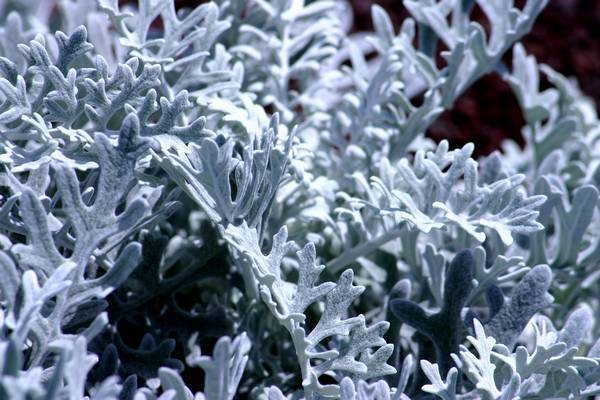
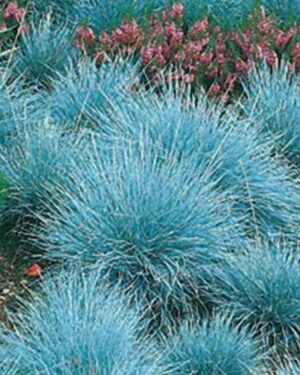

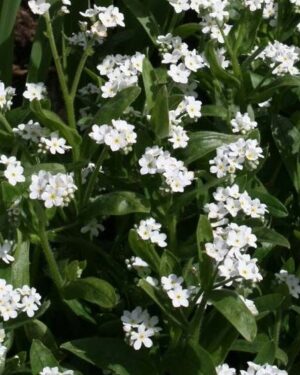
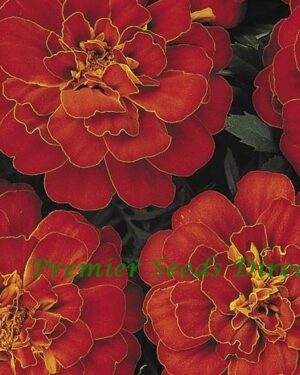
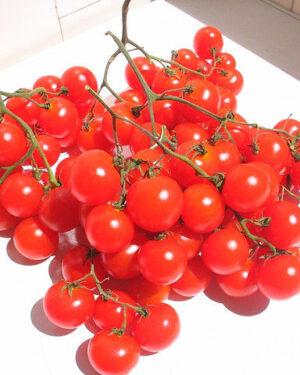
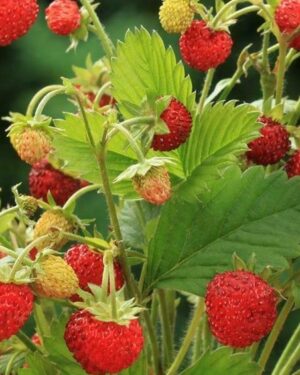
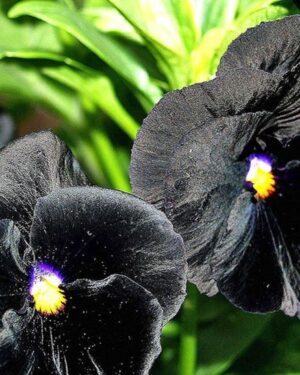
Reviews
There are no reviews yet.